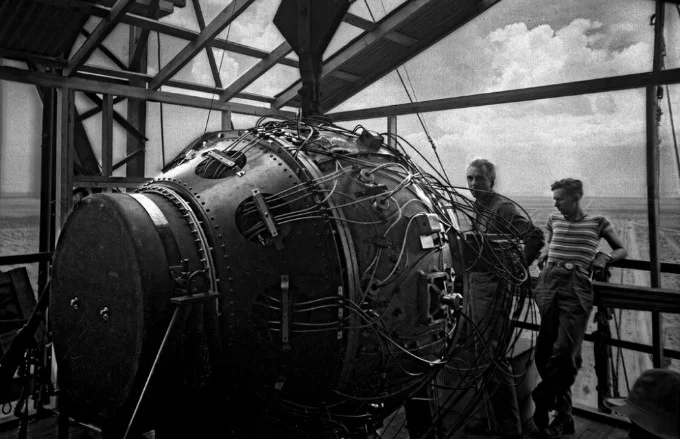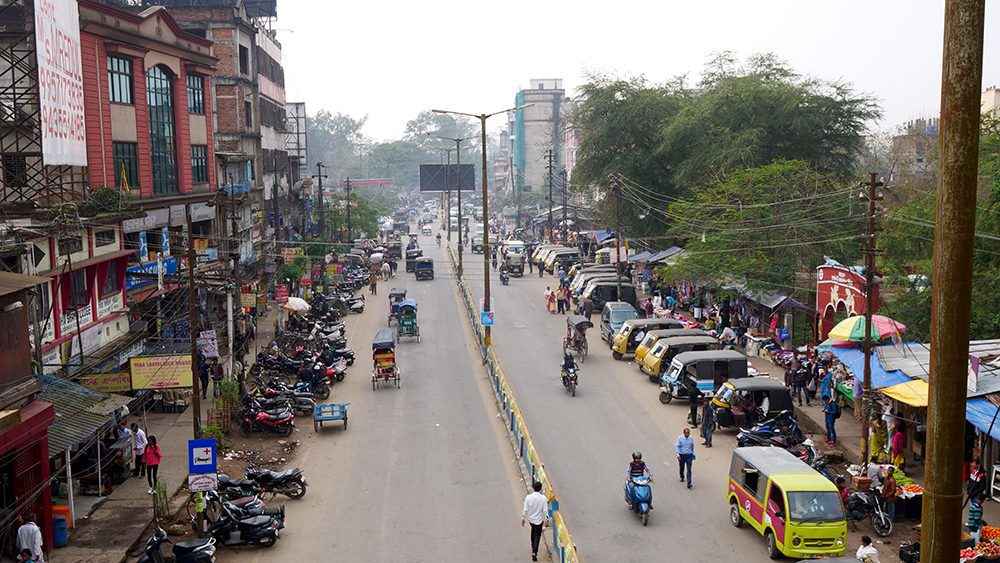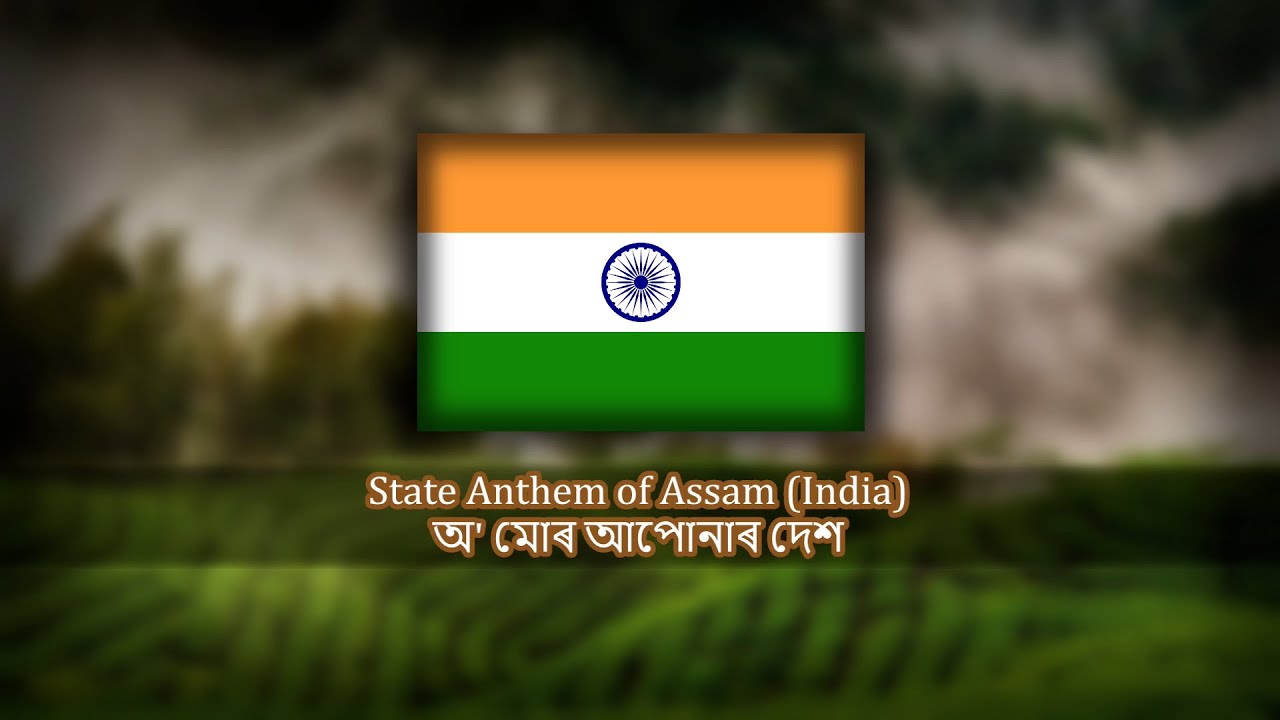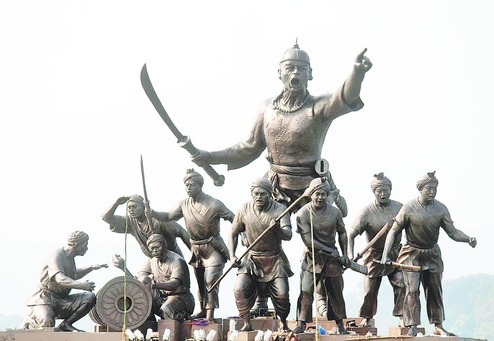Comprehensive History of Atomic Bomb
History of Atomic Bomb: In the intricate dance of global politics, few events have left as indelible a mark as the development and deployment of the atomic bomb. The history of this powerful weapon is not just a narrative of scientific breakthroughs but a tale that intertwines with the complex fabric of international relations.
Table of Contents
Unleashing the Power: The Birth of the Atomic Bomb
Manhattan Project: The Race to Build the Bomb
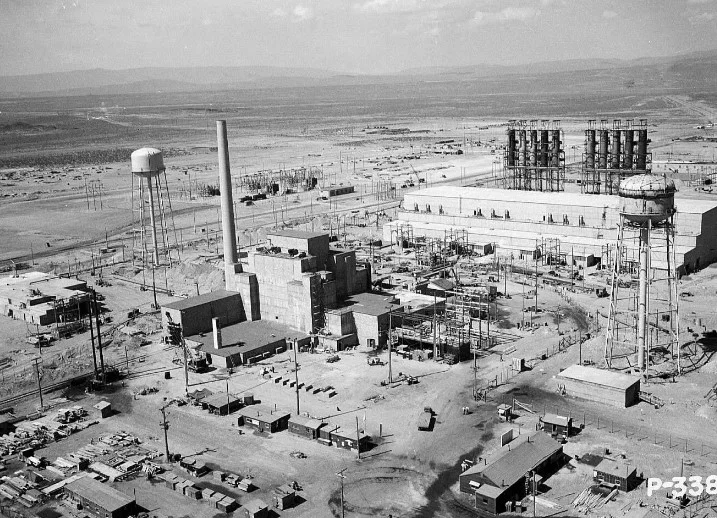
Explore the clandestine world of the Manhattan Project, a colossal scientific effort led by the United States, the United Kingdom, and Canada during World War II. Understand the urgency and secrecy that surrounded the quest to harness atomic energy for military purposes.
Hiroshima and Nagasaki: Turning Points in History
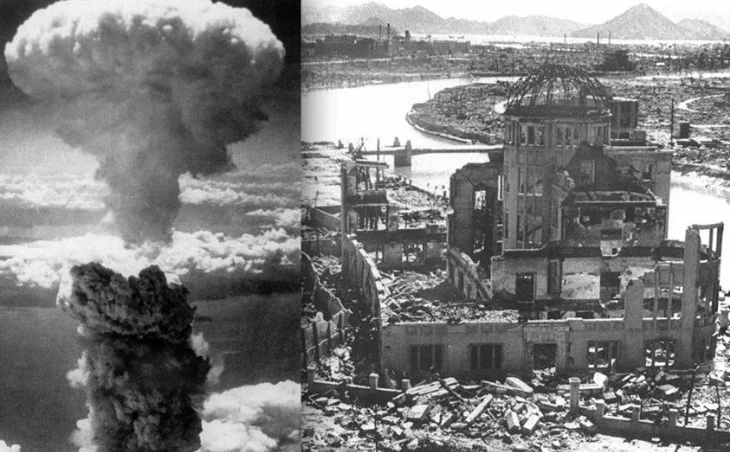
Get into the fateful days of August 1945 when the United States dropped atomic bombs on Hiroshima and Nagasaki, altering the course of the war and introducing the world to the devastating capabilities of nuclear weapons.
The Inventor of the Atomic Bomb: J. Robert Oppenheimer
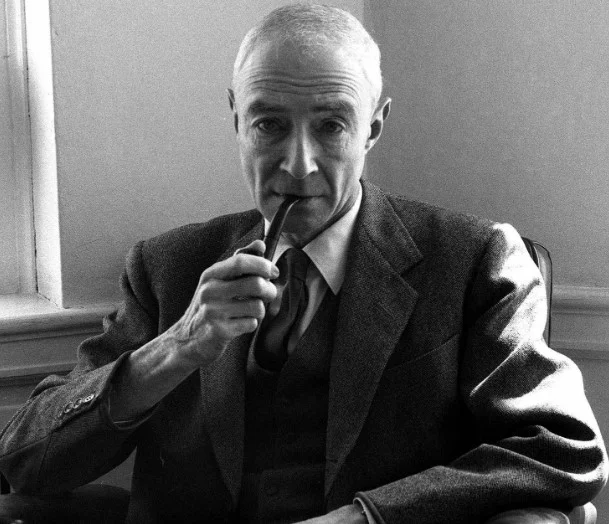
Oppenheimer’s Scientific Prowess
Examine the life and work of J. Robert Oppenheimer, the scientific genius behind the development of the atomic bomb. Uncover his contributions to theoretical physics and the leadership role he played in the Manhattan Project.
Ethical Dilemmas: Oppenheimer’s Internal Struggle
Explore the moral and ethical dilemmas faced by Oppenheimer as he grappled with the implications of creating a weapon of mass destruction. Understand the internal struggle of a brilliant mind caught in the currents of wartime necessity.
Nuclear Power and the Cold War
The Cold War Arms Race
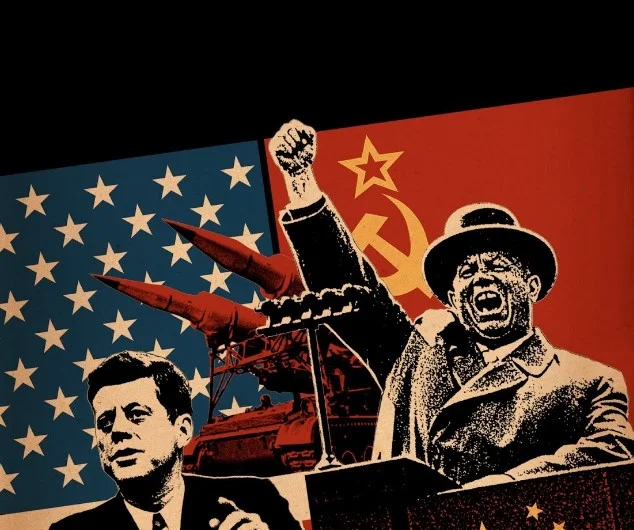
Navigate through the tense geopolitical landscape of the Cold War, where the United States and the Soviet Union engaged in a relentless arms race, each vying for nuclear supremacy. Examine the political strategies and nuclear brinkmanship that characterized this era.
The Cuban Missile Crisis: A Flashpoint
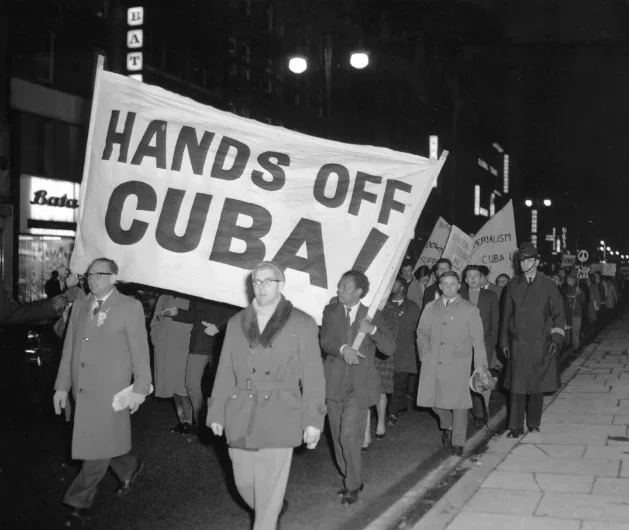
Analyze the pivotal moments of the Cuban Missile Crisis, a 13-day standoff that brought the world to the brink of nuclear war. Understand the diplomatic intricacies and the role of nuclear weapons in shaping the resolution of the crisis.
FAQs about the Atomic Bomb
Q: Was the atomic bomb the first instance of nuclear weapons being used in warfare? A: Yes, the bombings of Hiroshima and Nagasaki in 1945 marked the first and, to date, only instances of nuclear weapons being used in armed conflict.
Q: How did the development of the atomic bomb impact scientific research and ethics? A: The atomic bomb’s creation raised ethical questions about the responsibility of scientists in developing destructive technologies and prompted a reevaluation of the societal impact of scientific advancements.
Nuclear Power Today: Global Politics and Beyond
Proliferation and Non-Proliferation
Examine the challenges posed by the proliferation of nuclear weapons and the international efforts to prevent their spread. Discuss key treaties and initiatives aimed at promoting nuclear non-proliferation.
Nuclear Energy: Double-Edged Sword
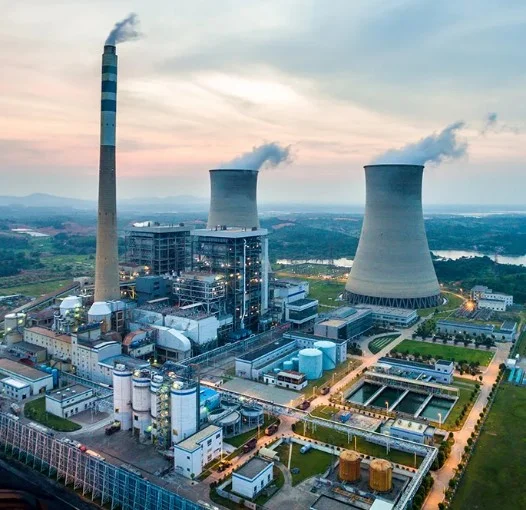
Explore the dual nature of nuclear energy, its potential for peaceful applications like electricity generation, and the ongoing concerns about safety, nuclear accidents, and radioactive waste.
The Legacy of the Atomic Bomb: Shaping the Future
Calls for Disarmament
Discuss the global movements and calls for nuclear disarmament that gained momentum in the latter half of the 20th century. Explore the role of activists, scientists, and world leaders in advocating for a world free of nuclear weapons.
The Contemporary Nuclear Landscape
Examine the current state of global nuclear politics, including the challenges posed by nuclear-armed nations, regional conflicts, and diplomatic efforts to address nuclear threats.
Conclusion: Navigating the Nuclear Age
In the grand tapestry of history, the atomic bomb emerges as a defining thread, weaving through the narrative of the 20th century. As we navigate the complexities of the nuclear age, the lessons of the atomic bomb compel us to tread carefully, mindful of the immense power and responsibility that come with nuclear capabilities.
In the pages of history, the atomic bomb stands as a testament to humanity’s capacity for both creation and destruction. As we move forward, let us forge a path that leads us away from the shadows of nuclear devastation.


